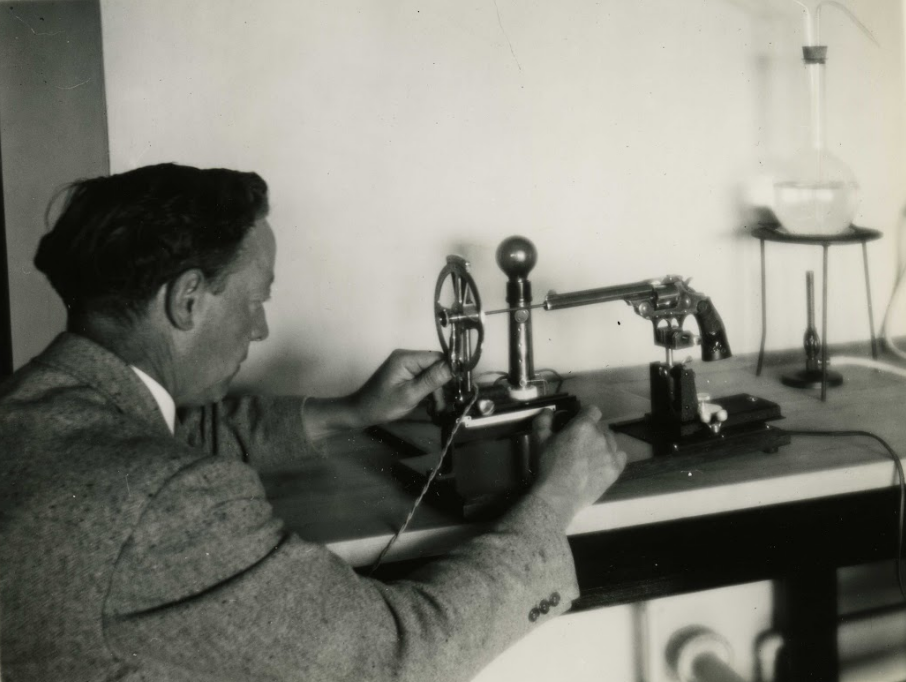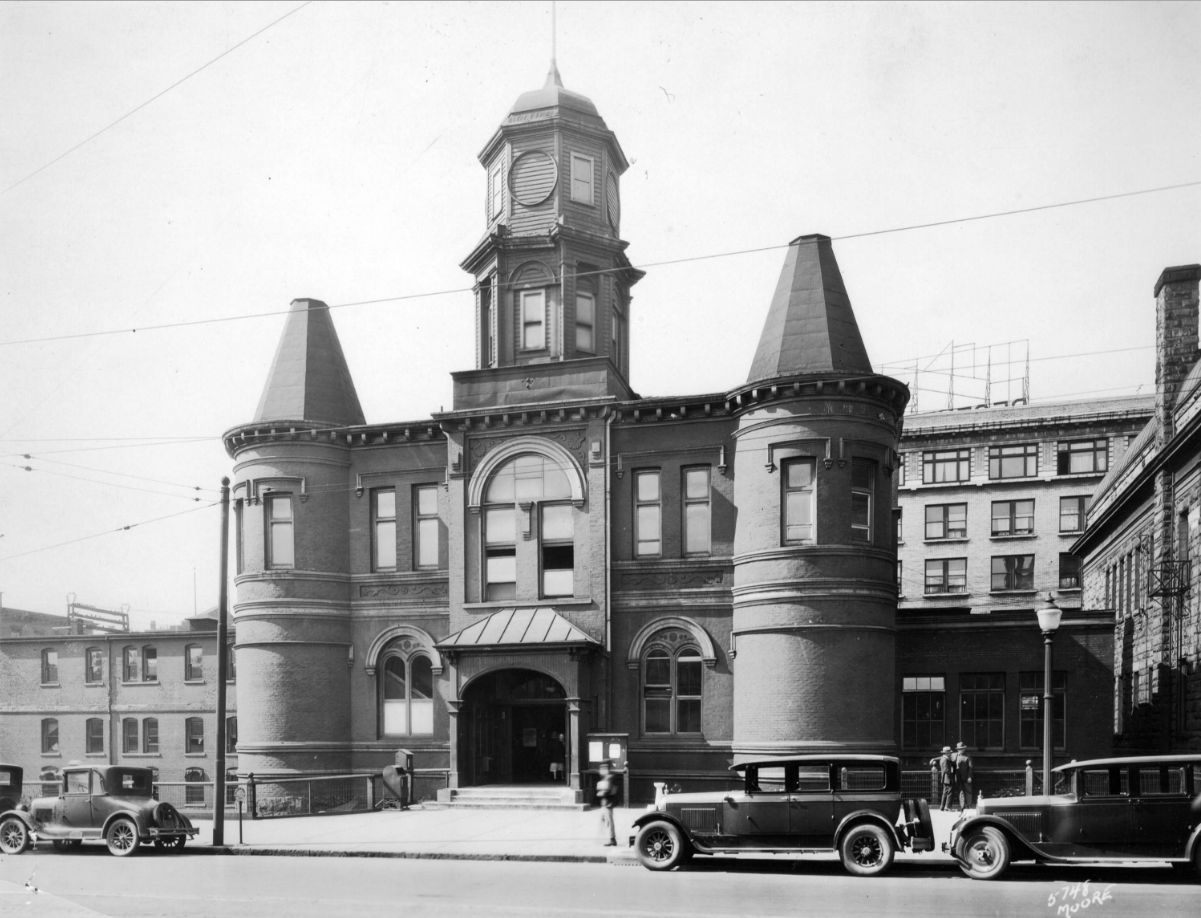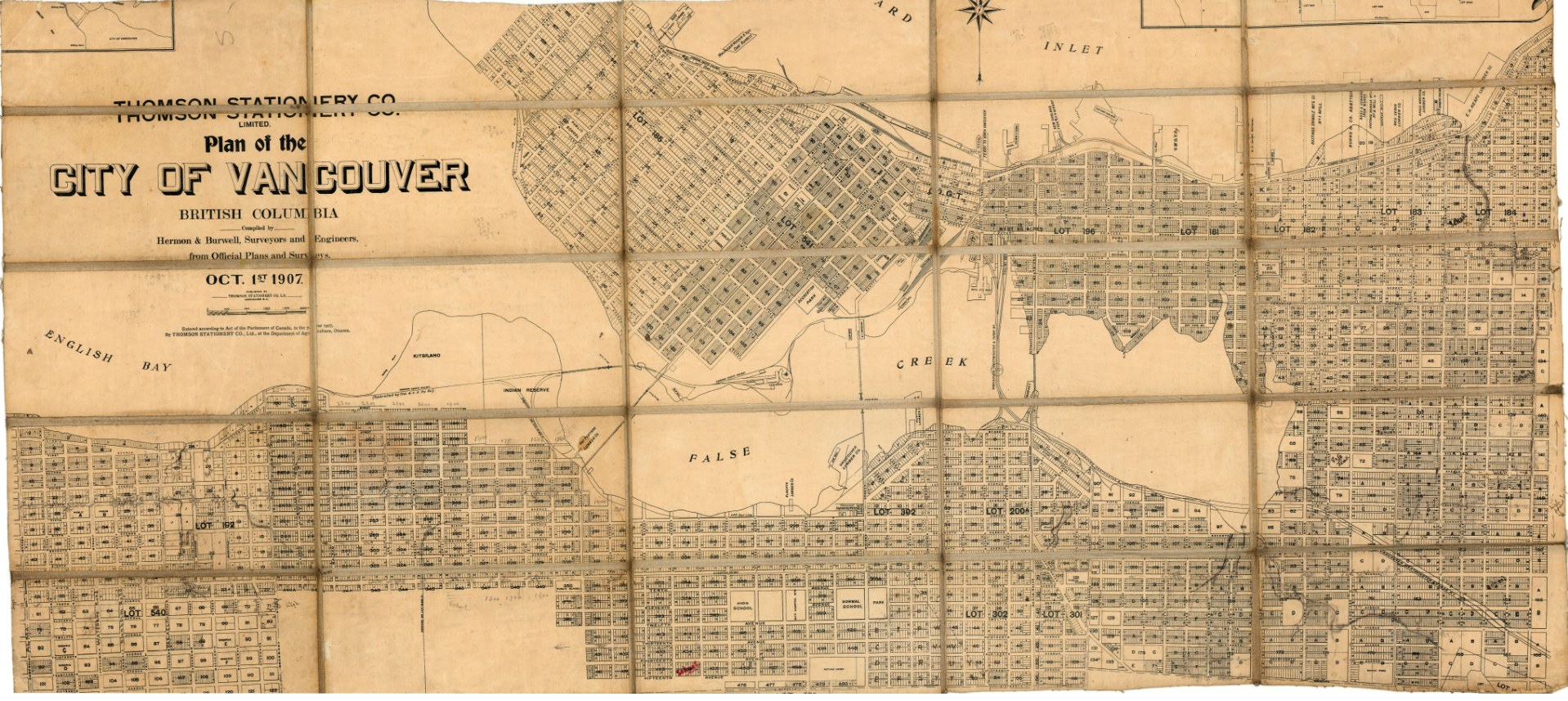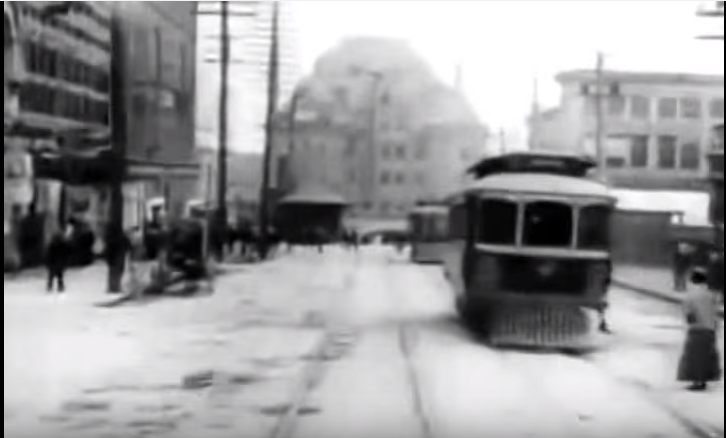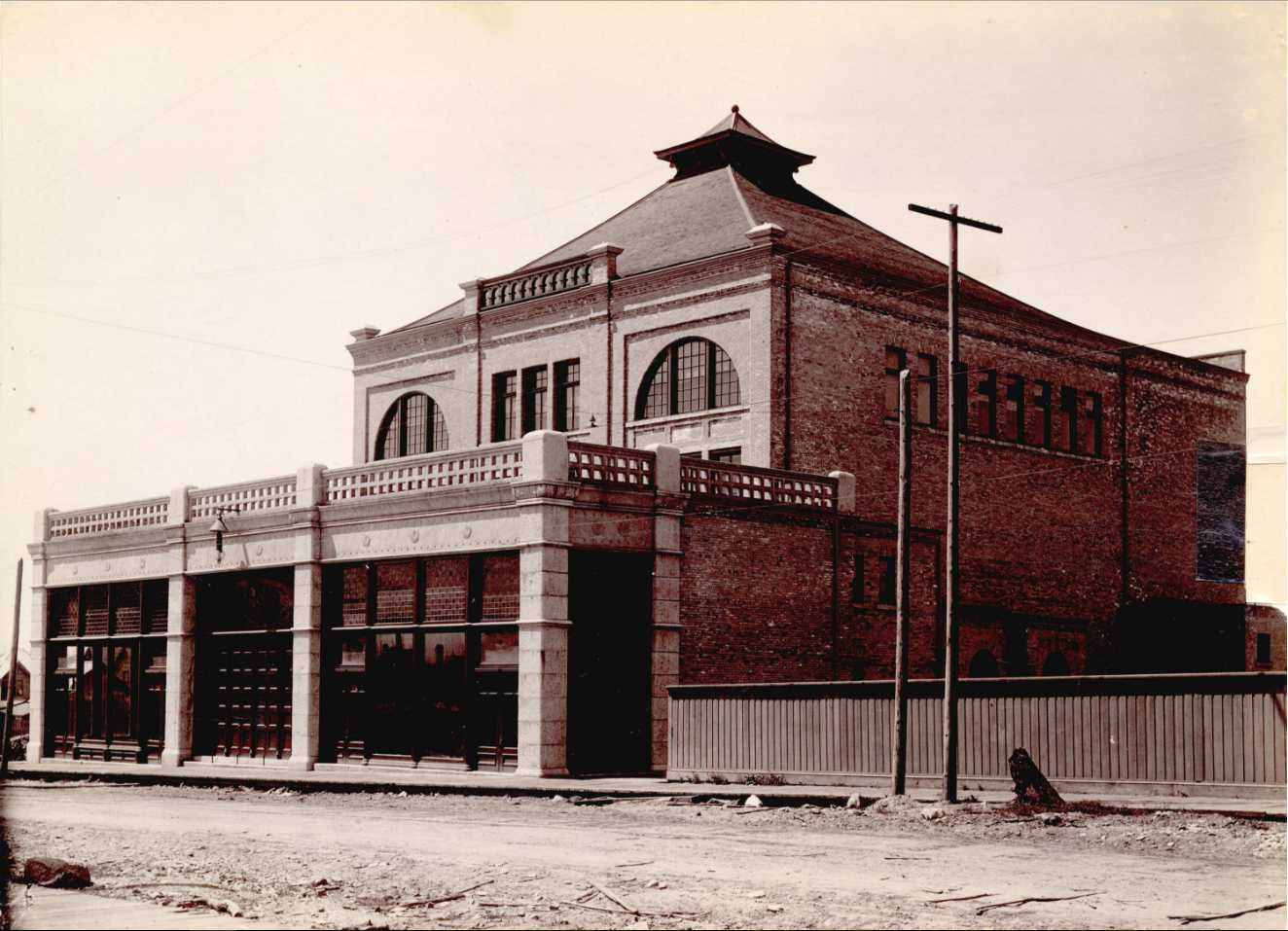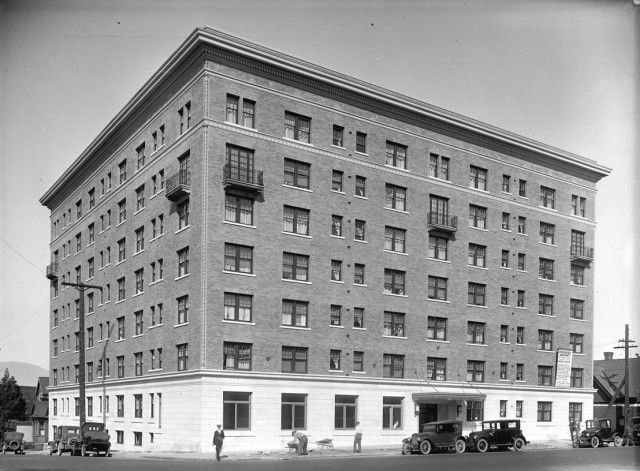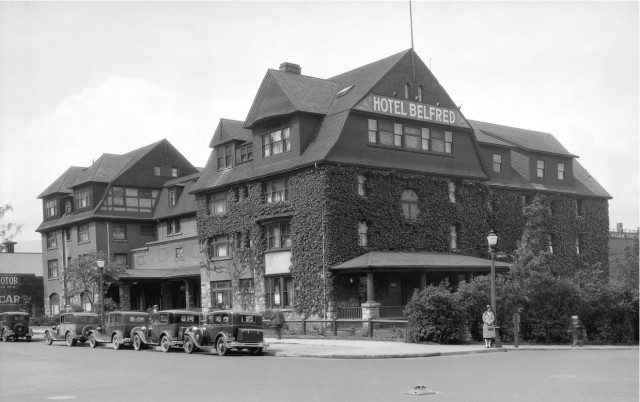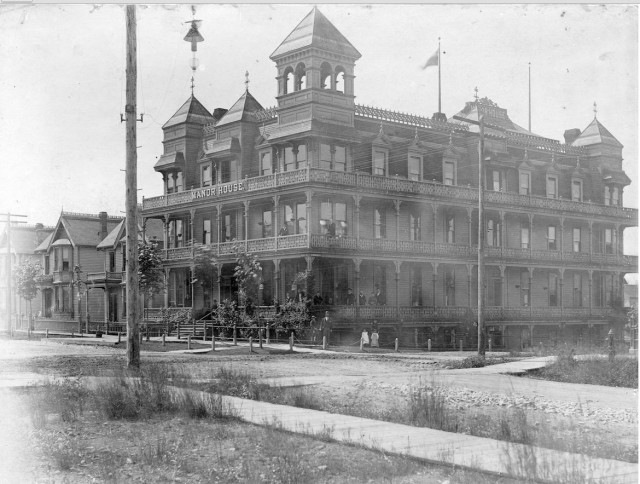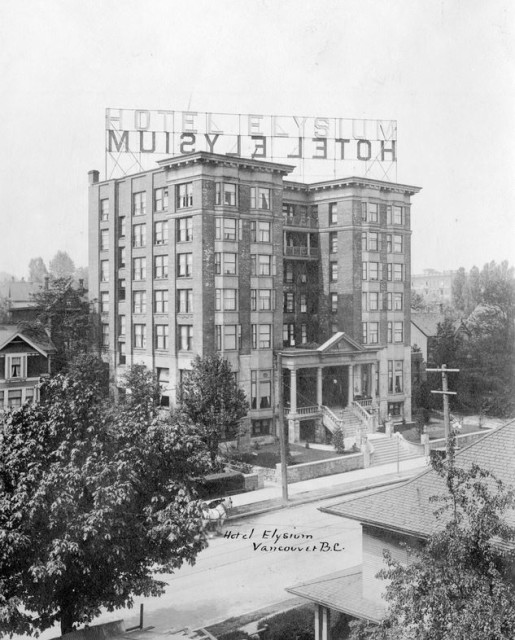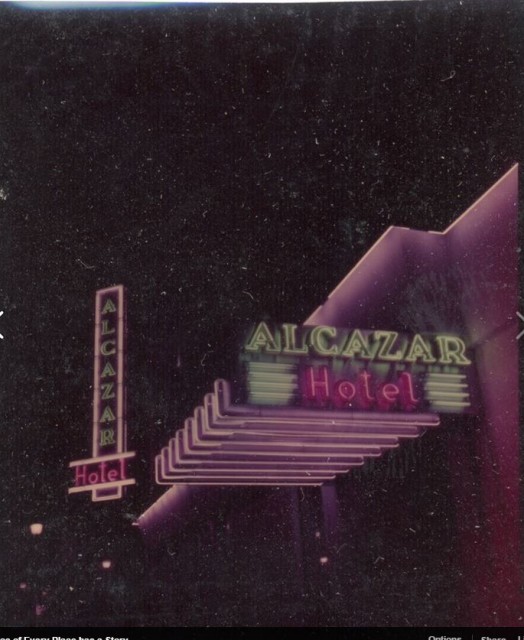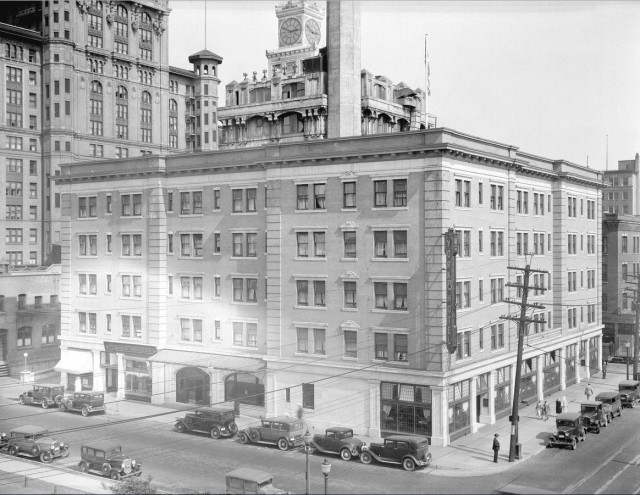Barr and Anderson, was a Vancouver company founded in 1898 and the name behind the mechanical work in some of our oldest buildings – a few of which still stand.

Founded in 1898:
Back in the 1960s, Doug Archer was an apprentice plumber with Barr and Anderson, a Vancouver company founded in 1898 and the name behind the mechanical work in some of our oldest buildings – a few of which still stand.
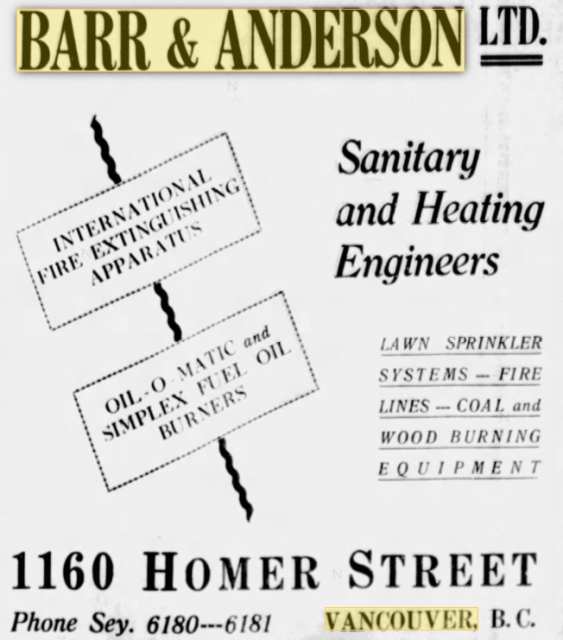
Recently, Doug sent me photos of eight of the buildings they had worked on. He told me: “One day I was given the job of straightening up the storeroom and I found these old commercial pictures of buildings that they had worked on. I took them home and photographed them onto 35mm slides, then I recently re did them to digital.”
Doug figures the photos were promotional photos taken for the architectural firms that employed Barr and Anderson.
The Vancouver Club opened on January 1, 1914 and is still at 915 West Hastings Street. Designed by Sharp and Thompson, it replaced the first Vancouver Club located on the next lot over.
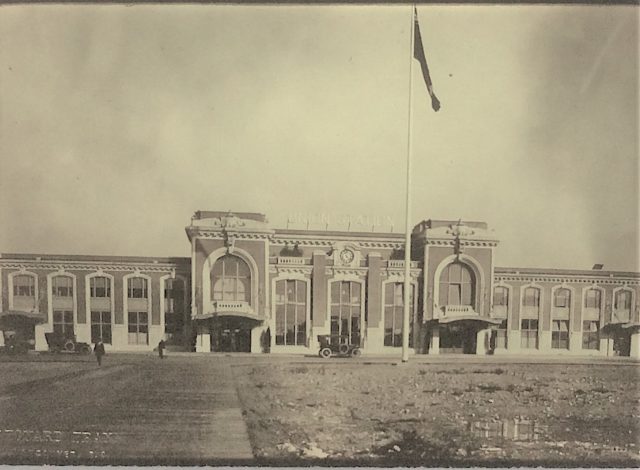
Union Station was designed by Fred Townley for the Great Northern Railway. It sat next door to our current Pacific Central Station. By the end of the Second World War rail travel was on the decline and the GNR offered the station to the City of Vancouver for use as a museum and library. The city declined and the station was demolished in 1965. It’s been a parking lot ever since.
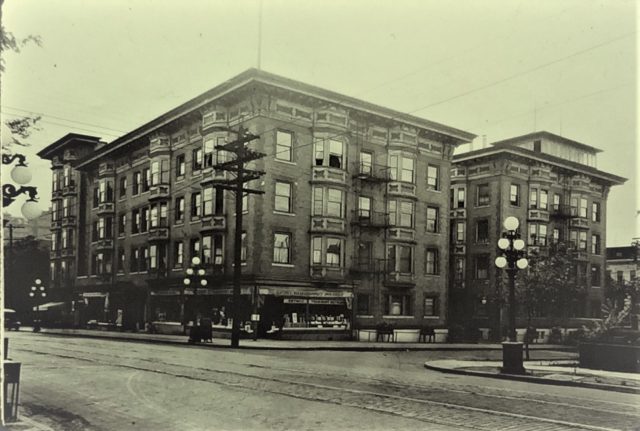
The Manhattan apartment building at Robson and Thurlow is a familiar site to anyone who spends time in the West End. Designed by Parr and Fee in 1908, the building managed to survive a demolition threat in 1979.
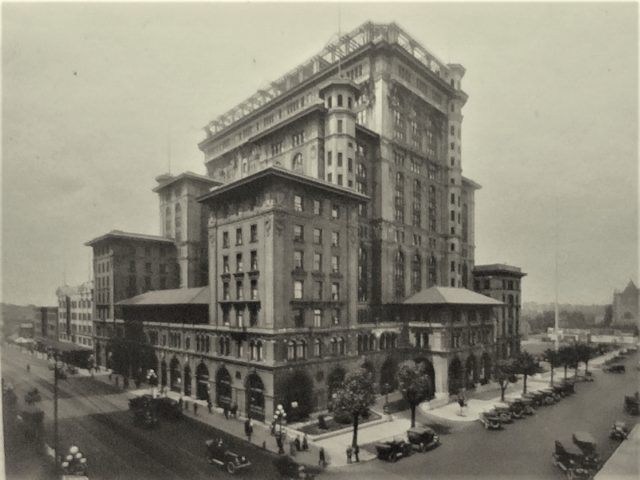
The second Hotel Vancouver stood at Granville and Georgia Streets, and is the most elegant and ornate building that we ever destroyed. It was pulled down and replaced with a parking lot for a quarter-of-a-century, and it’s now home to the TD Bank Tower and the building that now houses Nordstroms.

The regal 15-storey Standard Bank Building has sat at the corner of West Hastings and Richards Streets since it was designed in 1914 by Russell and Babcock architects.
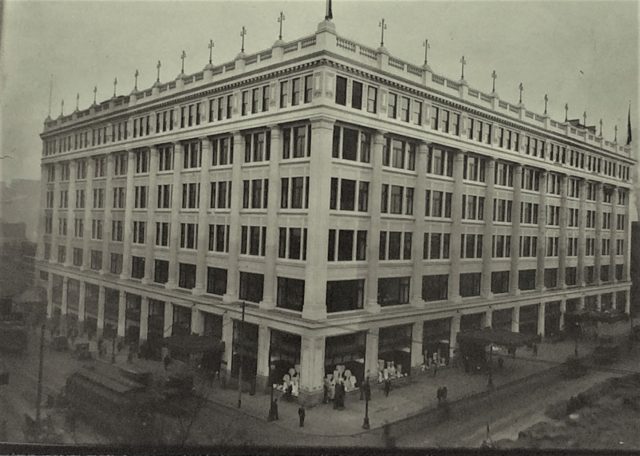
The Hudson’s Bay building has also managed to survive at the corner of Granville and Georgia Streets. The building was designed by Burke, Horwood and White in 1913.

The Birks Building went up around the same time as the Bay on the opposite side of Granville and Georgia, but sadly only managed to survive for just over 60 years. Designed by Somervell & Putnam, it was so beloved, that the people of Vancouver held a mock funeral in 1974.
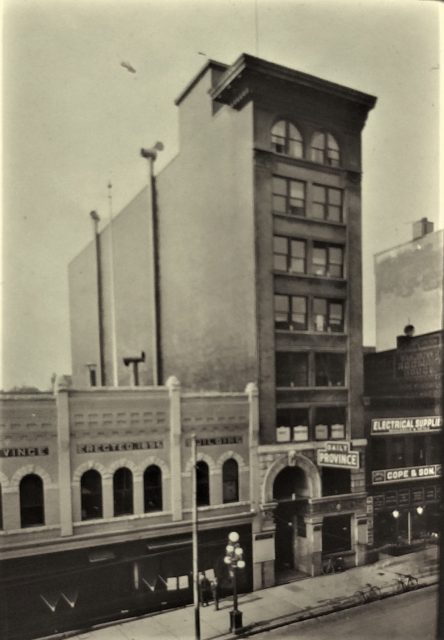
According to Andy Coupland, of the excellent Changing Vancouver blog, the six-storey building in the photo (above) was called the Stock Exchange building, and the Province had offices there for a time. Today, it’s an SRO called Regal Place. The two-storey building next door (140 west Hastings) was the Province’s home from 1903 to 1925, and Andy thinks is most likely the building where Barr and Anderson did their work.
Barr and Anderson also had their own connection to Hastings Street. They had architects Parr and Fee design their building at 112 West Hastings Street in 1902.

Sources:
- Building the West: Early Architects of British Columbia, Donald Luxton, 2007
- Vancouver Exposed: Searching for the City’s Hidden History
- Changing Vancouver
- Historic Places
© Eve Lazarus, 2022


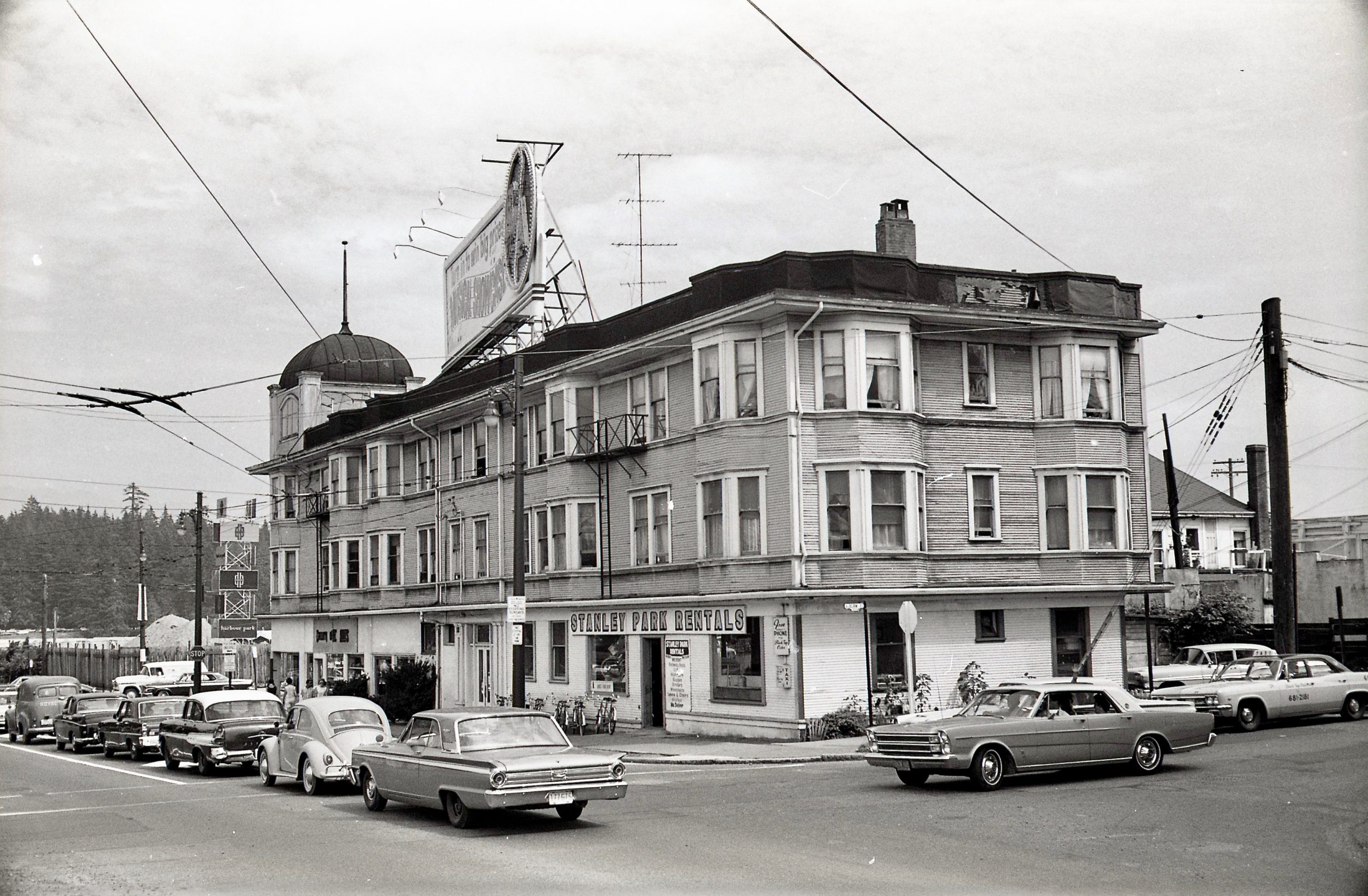

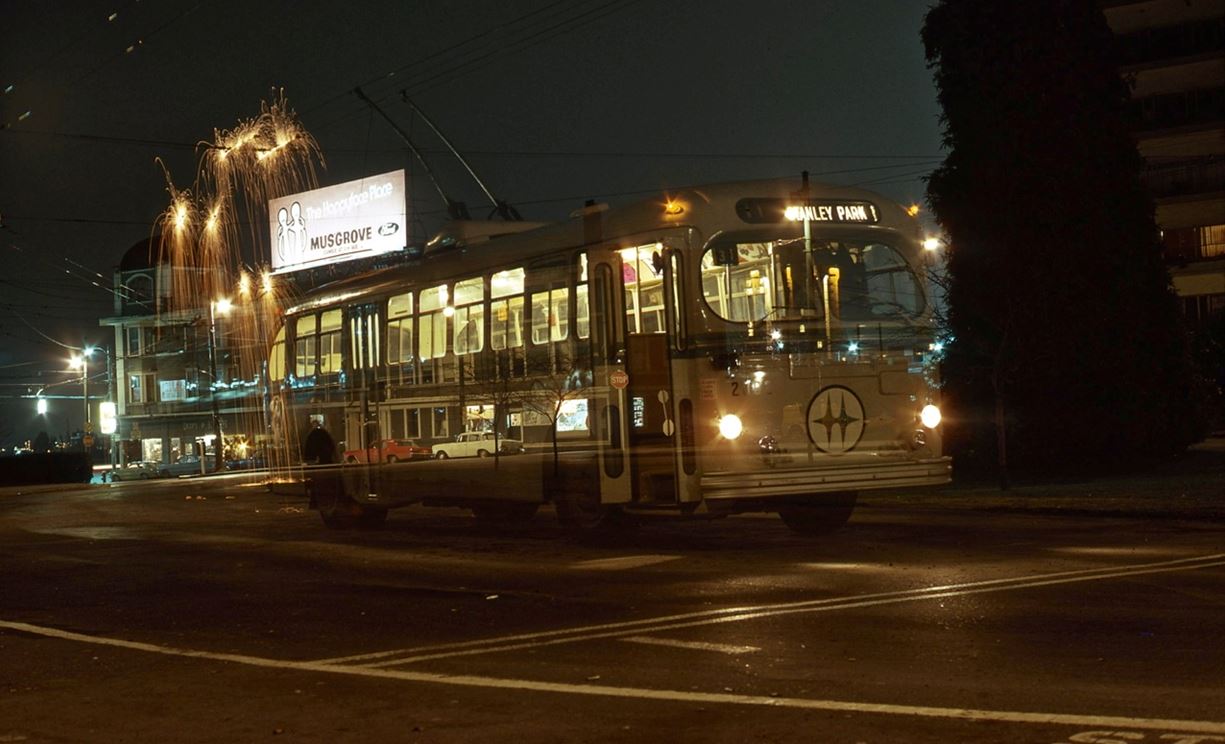

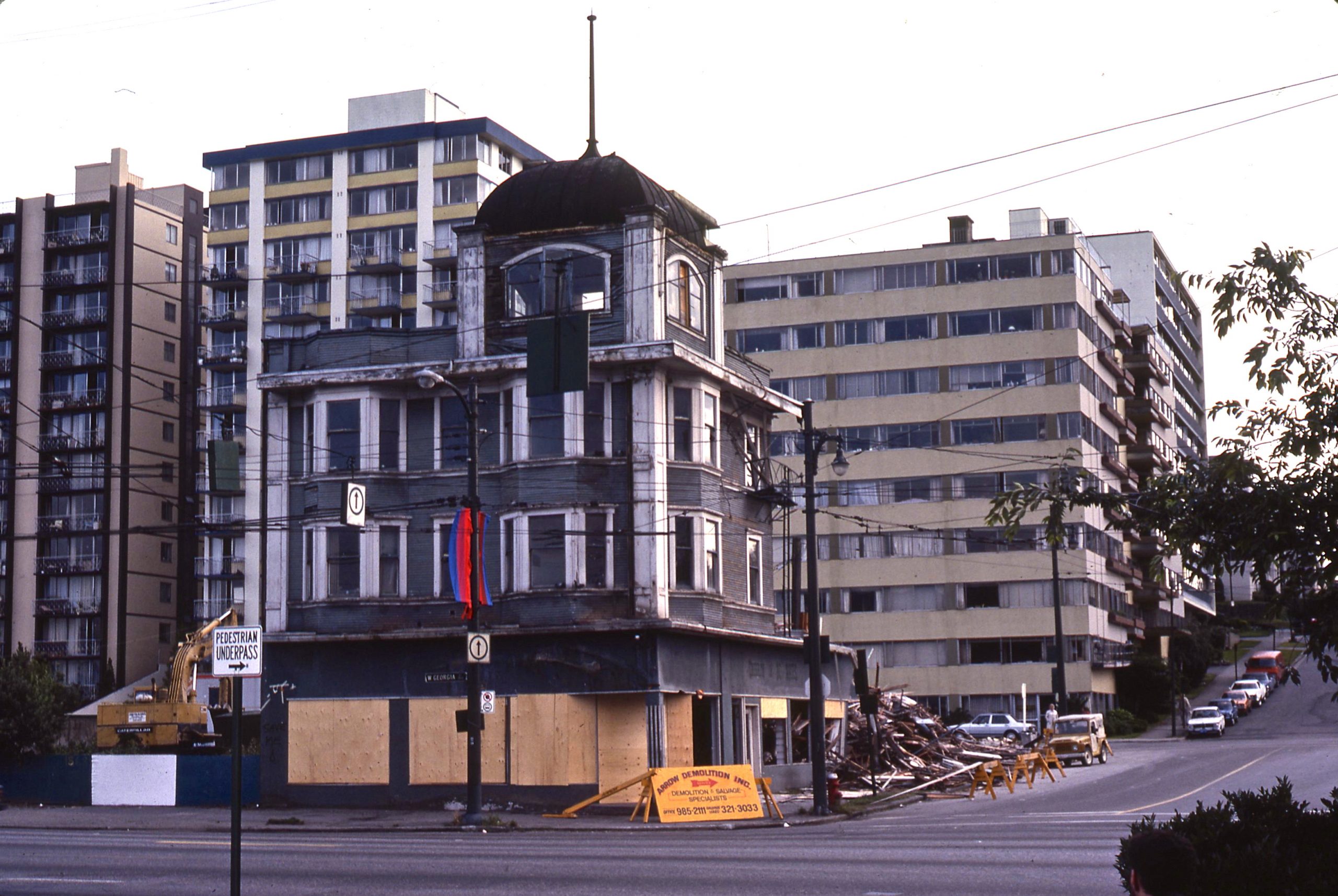
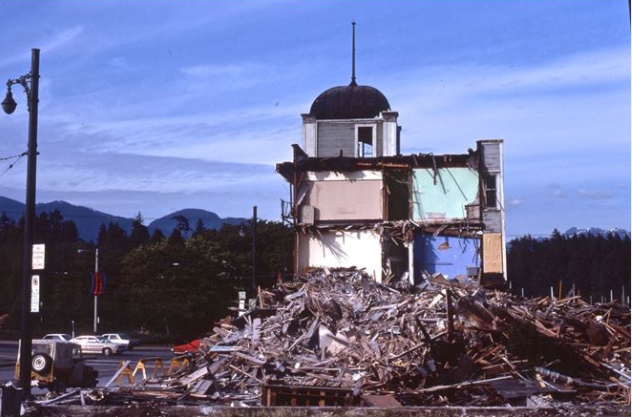
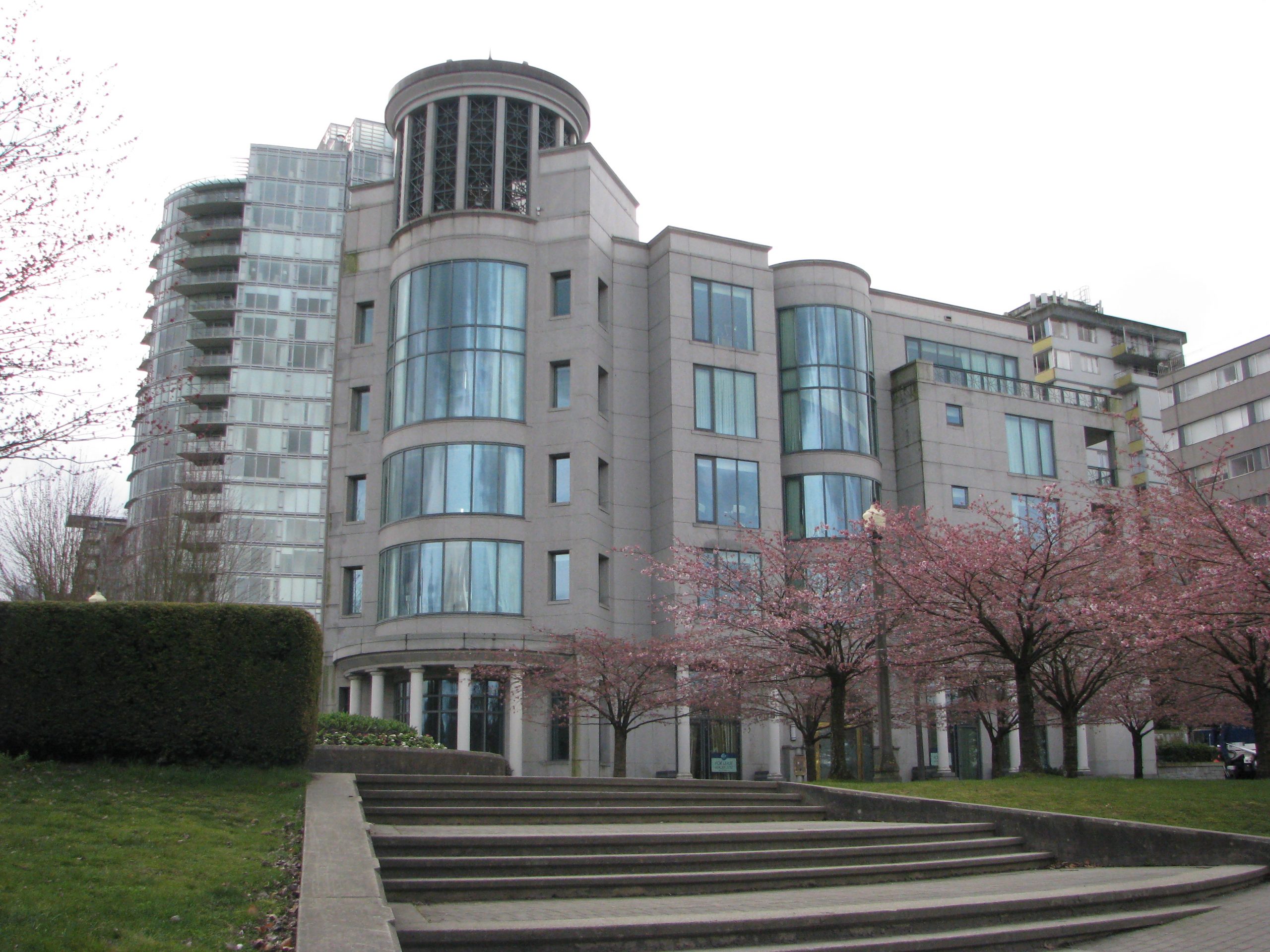
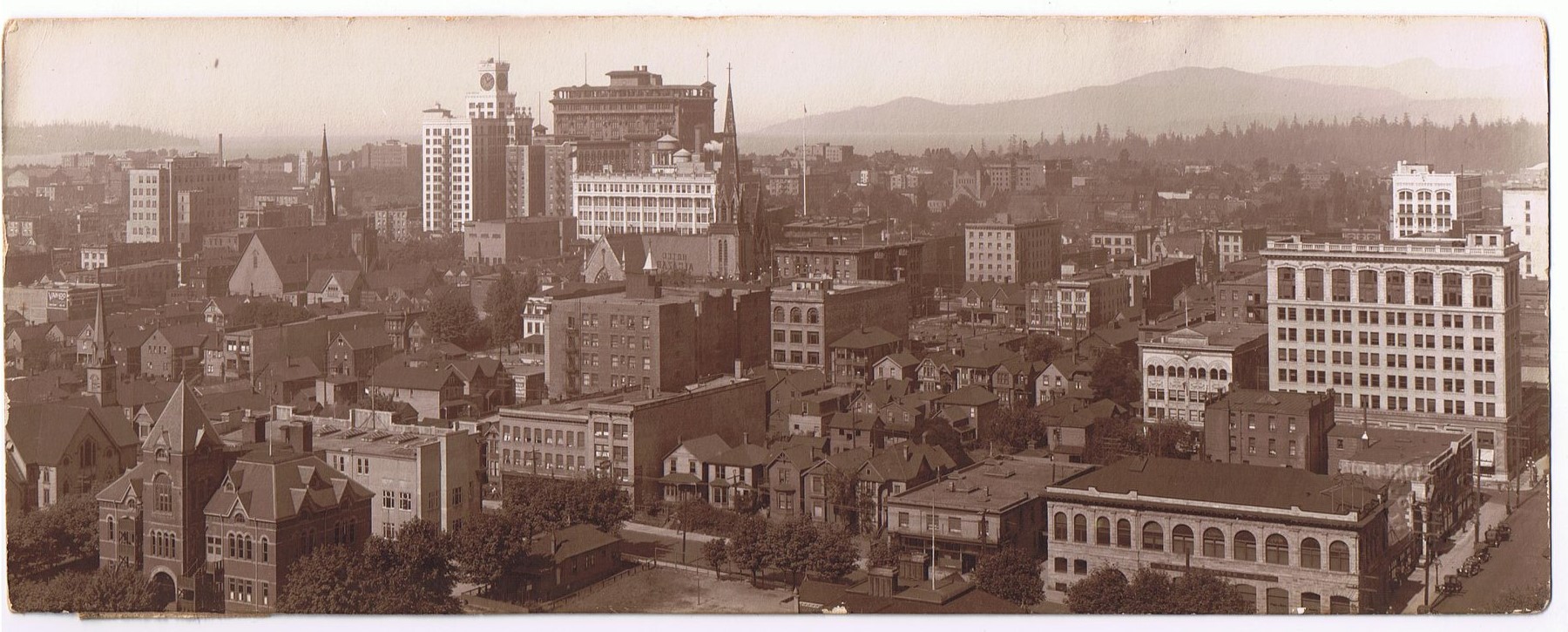
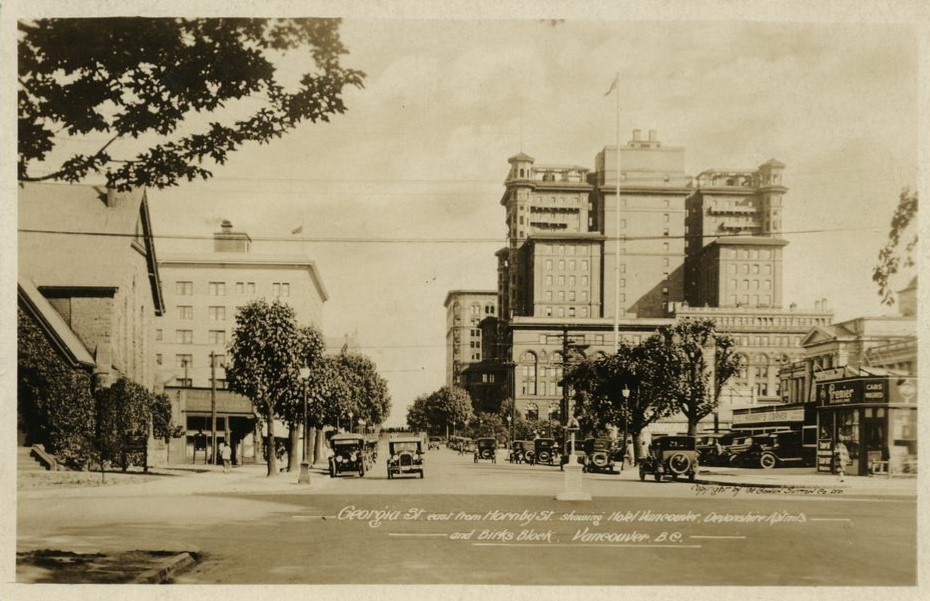
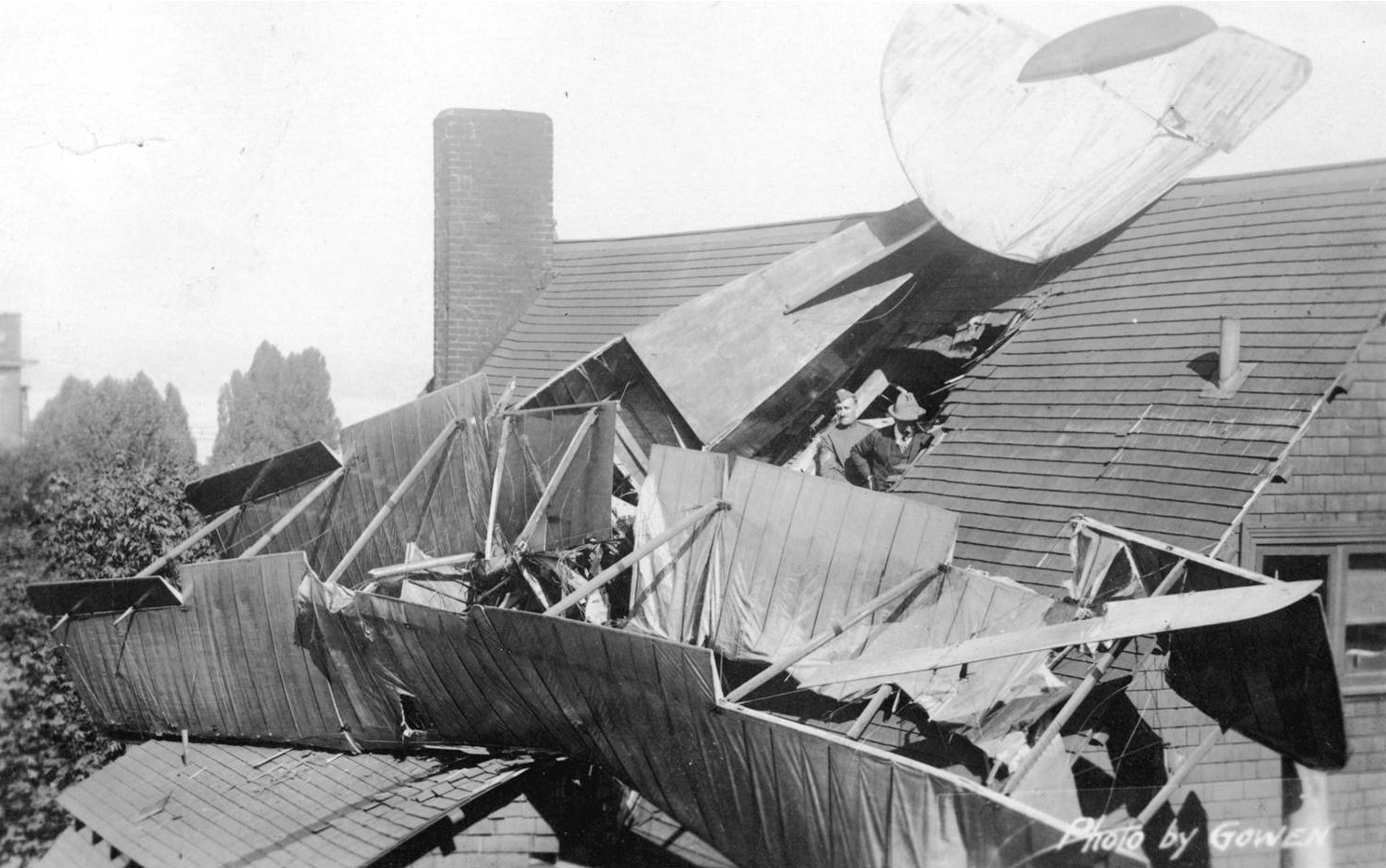


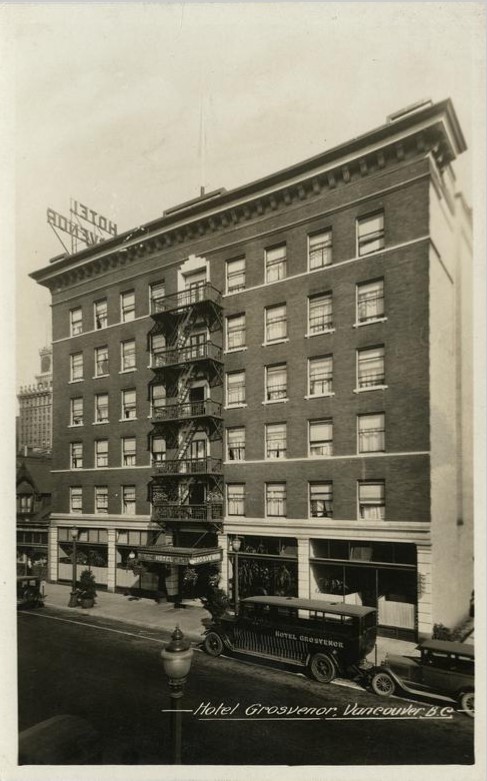
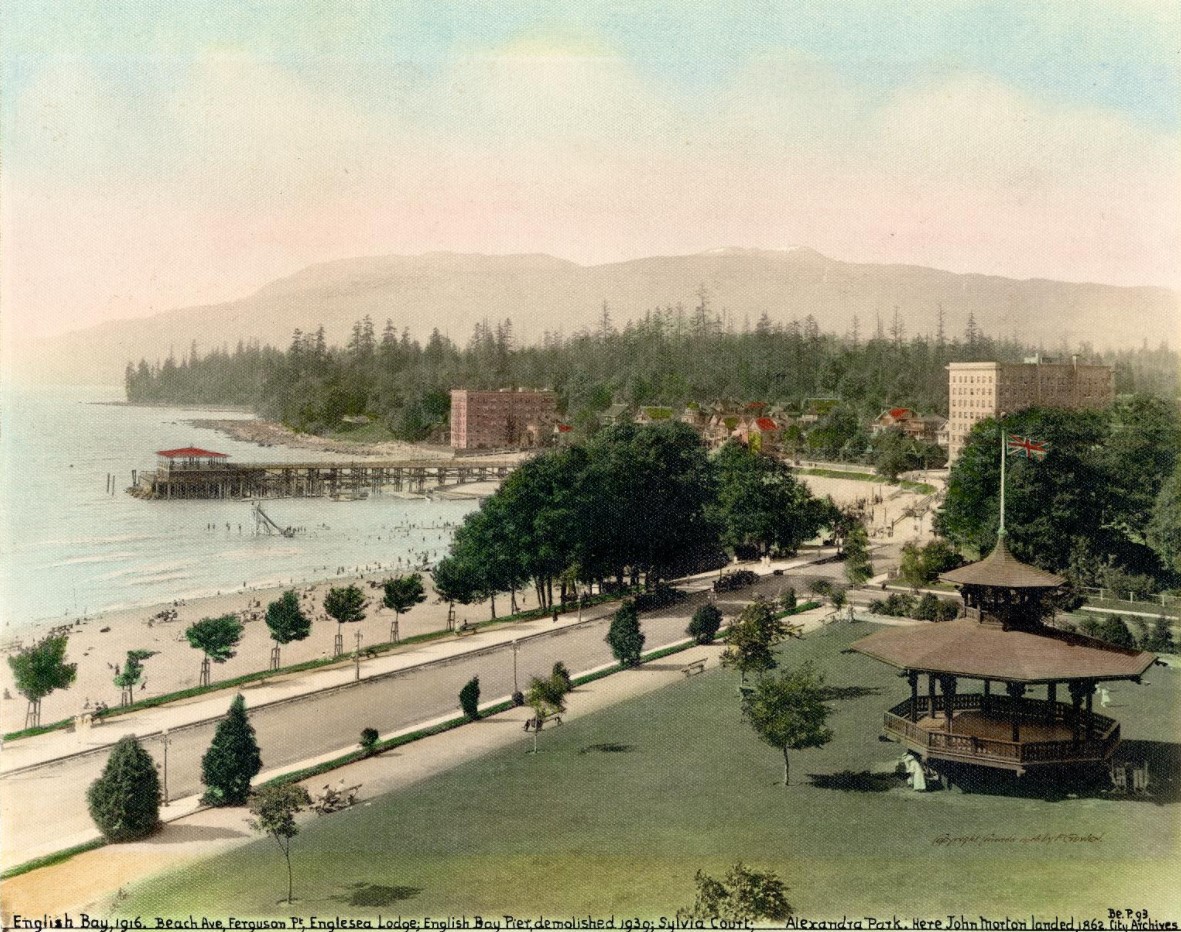
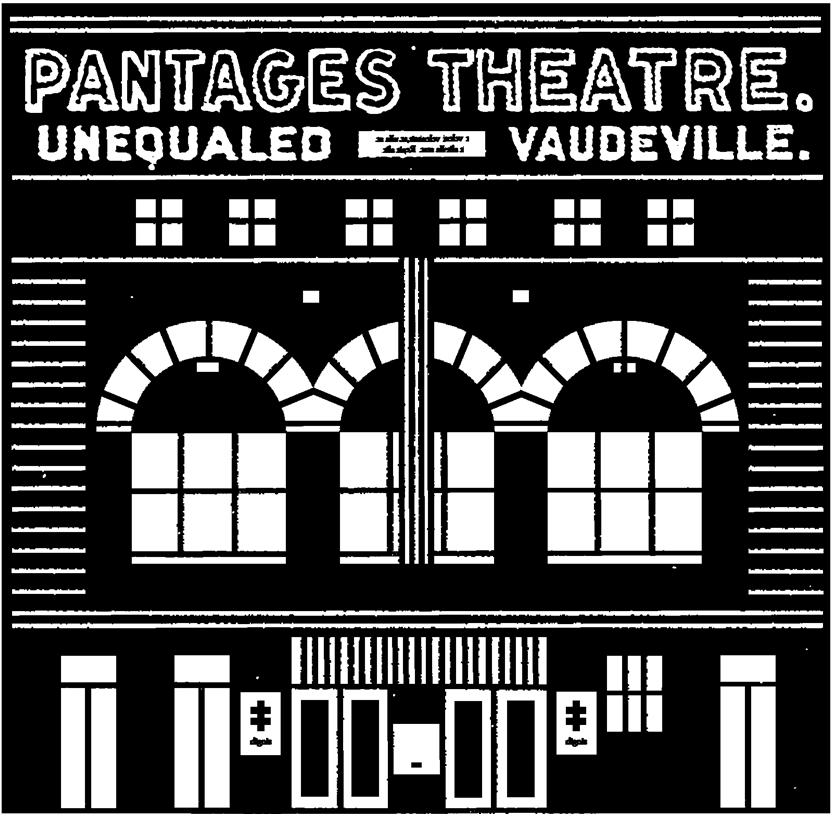

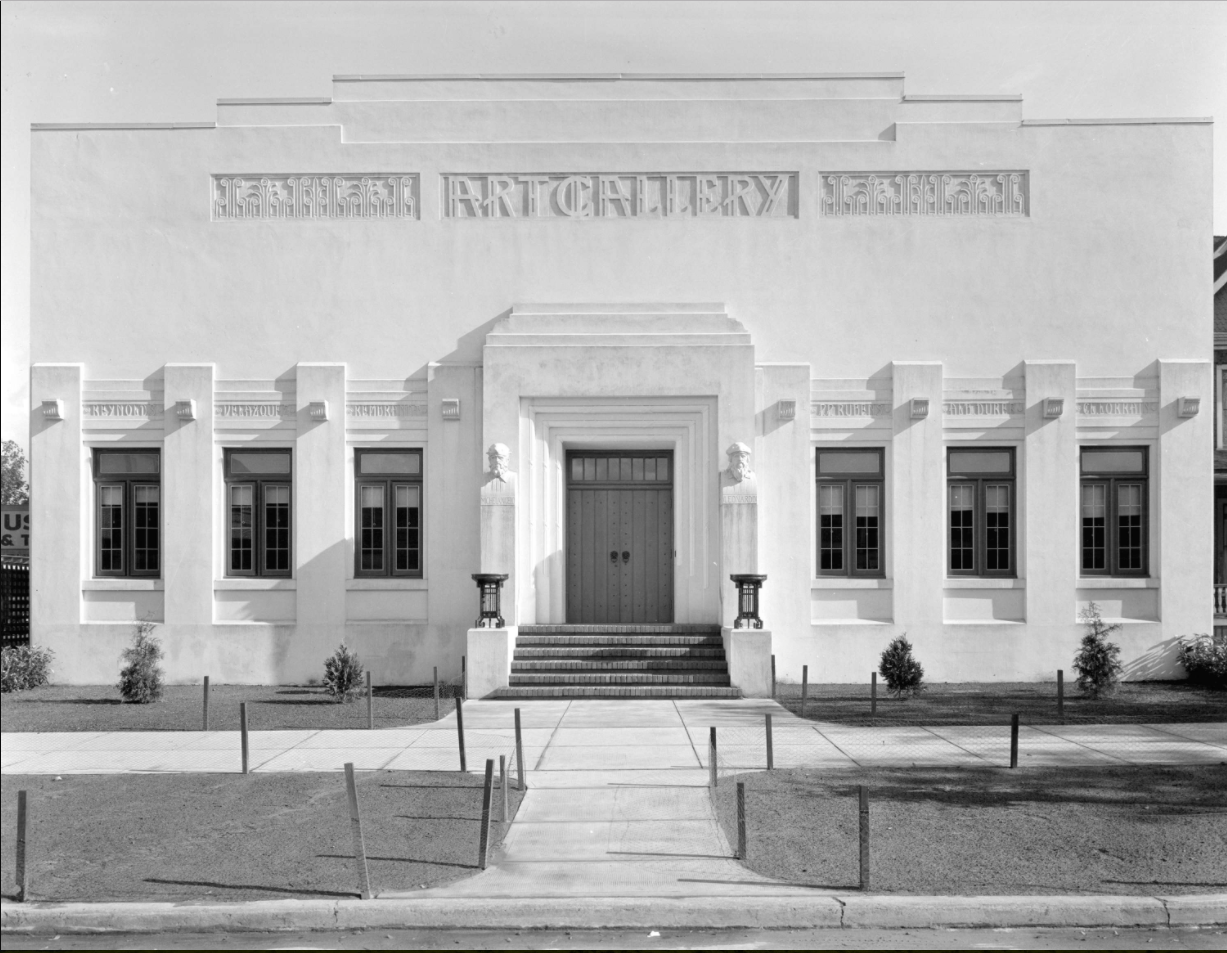
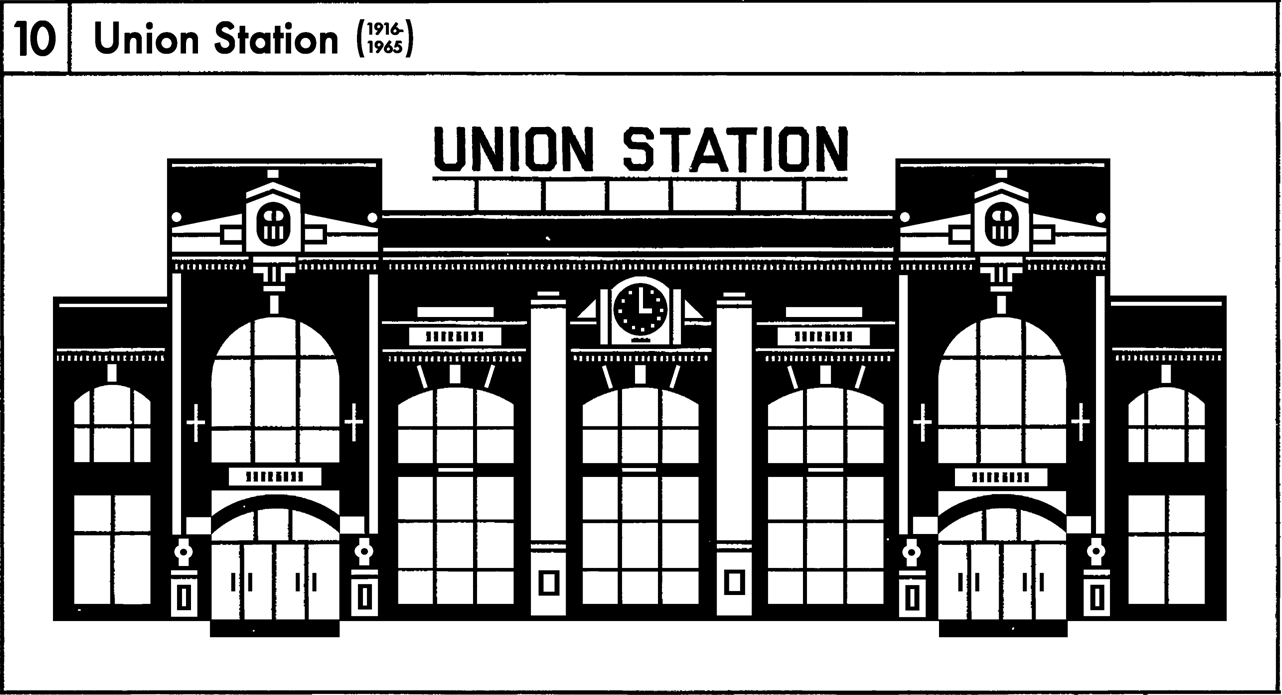

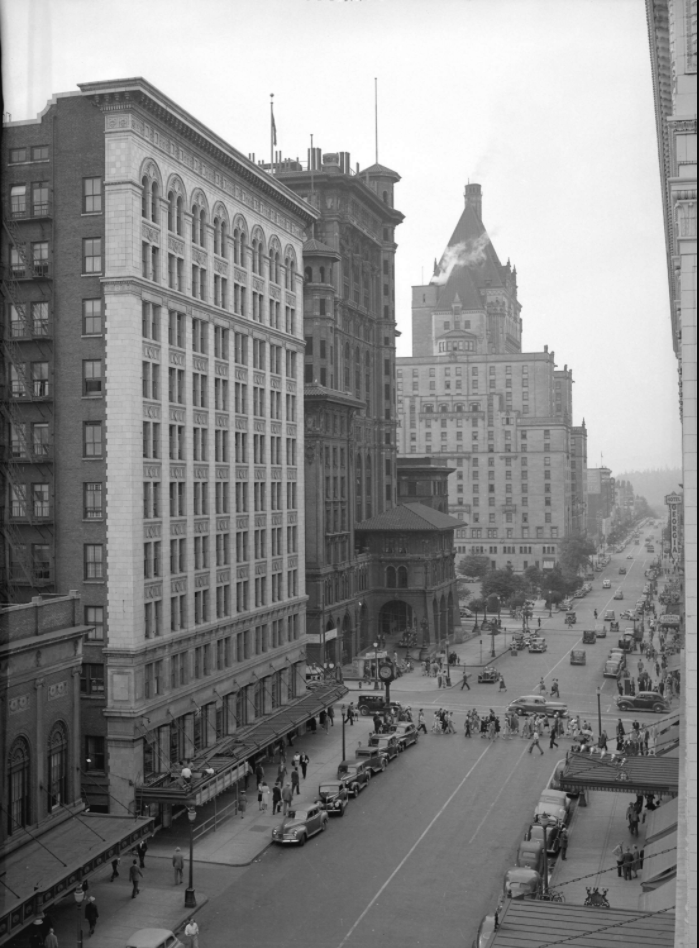
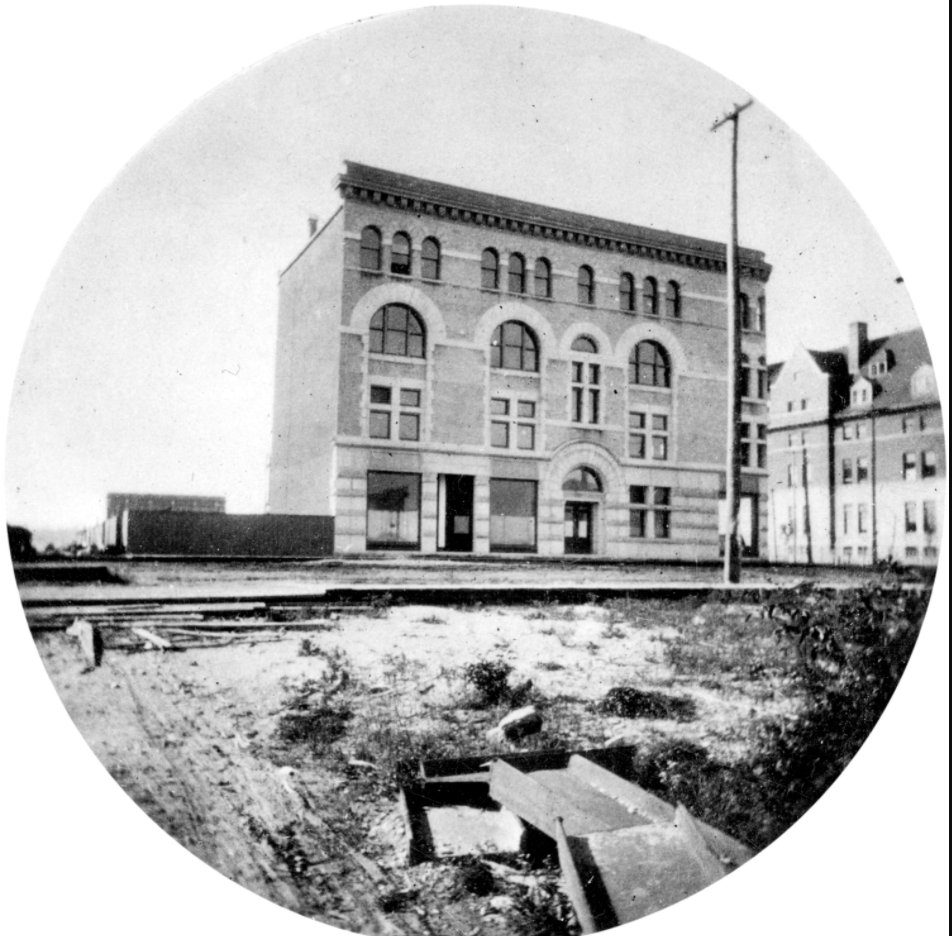
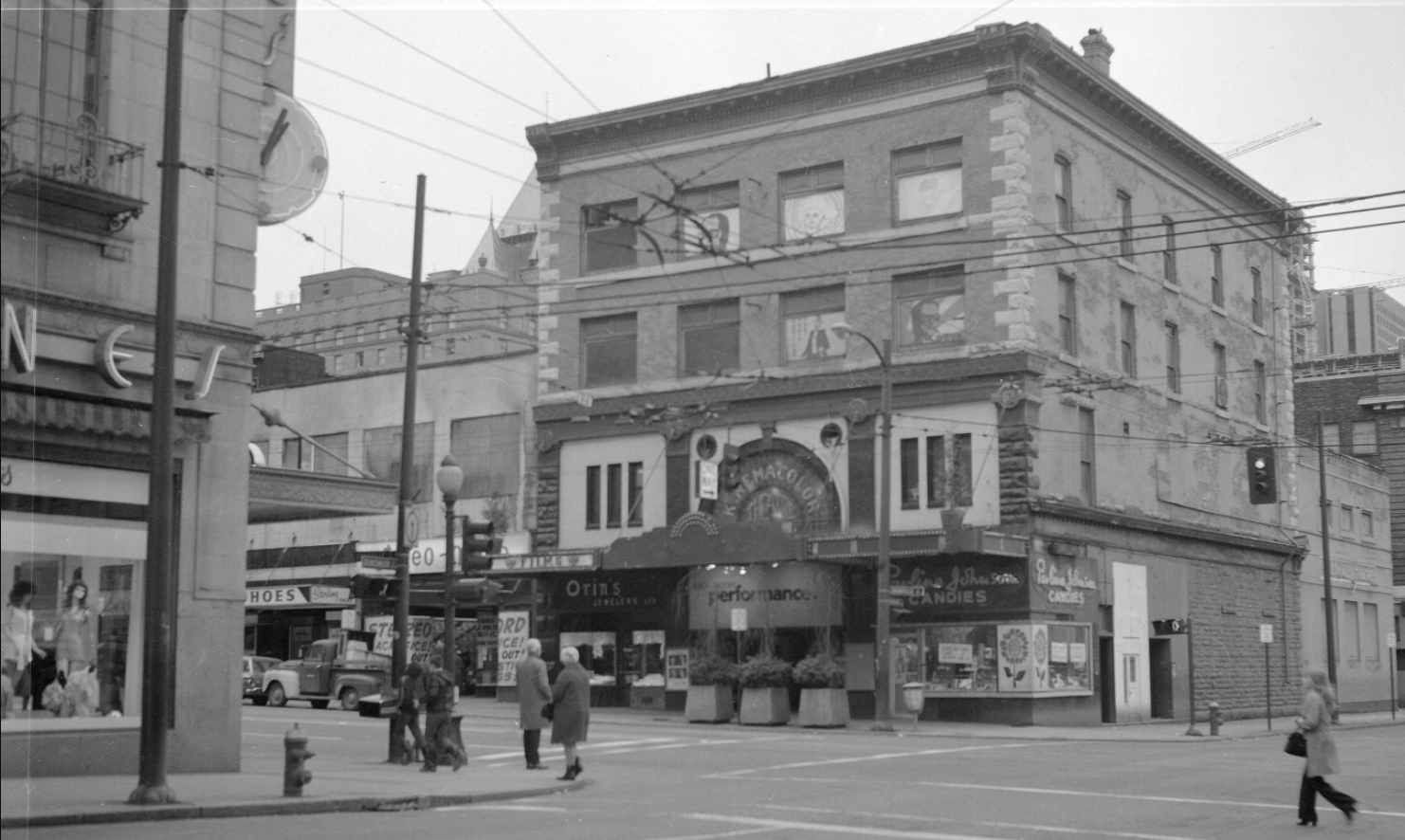
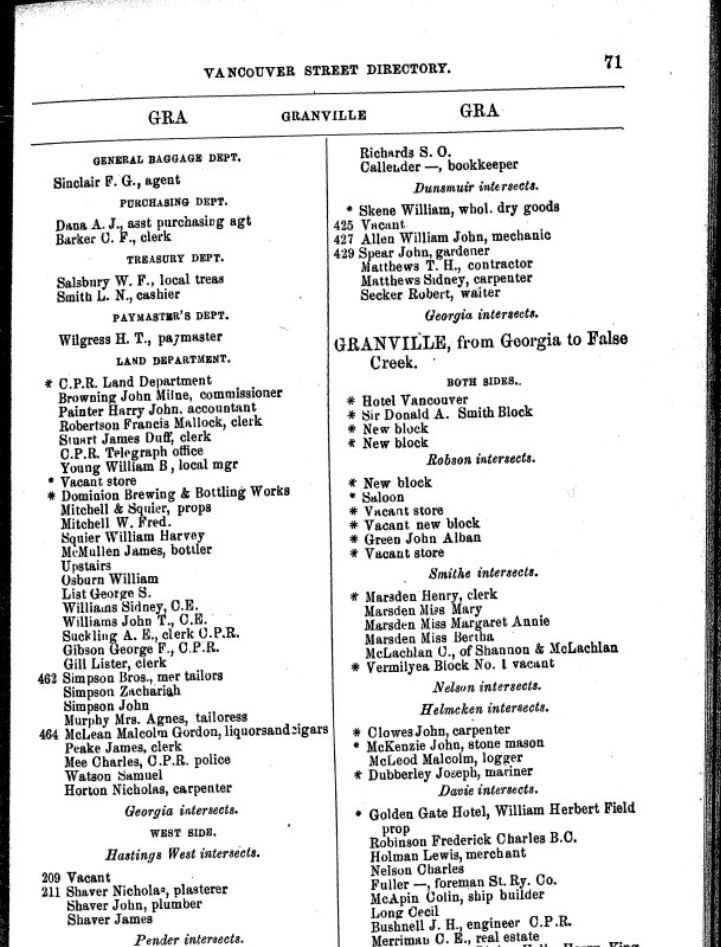
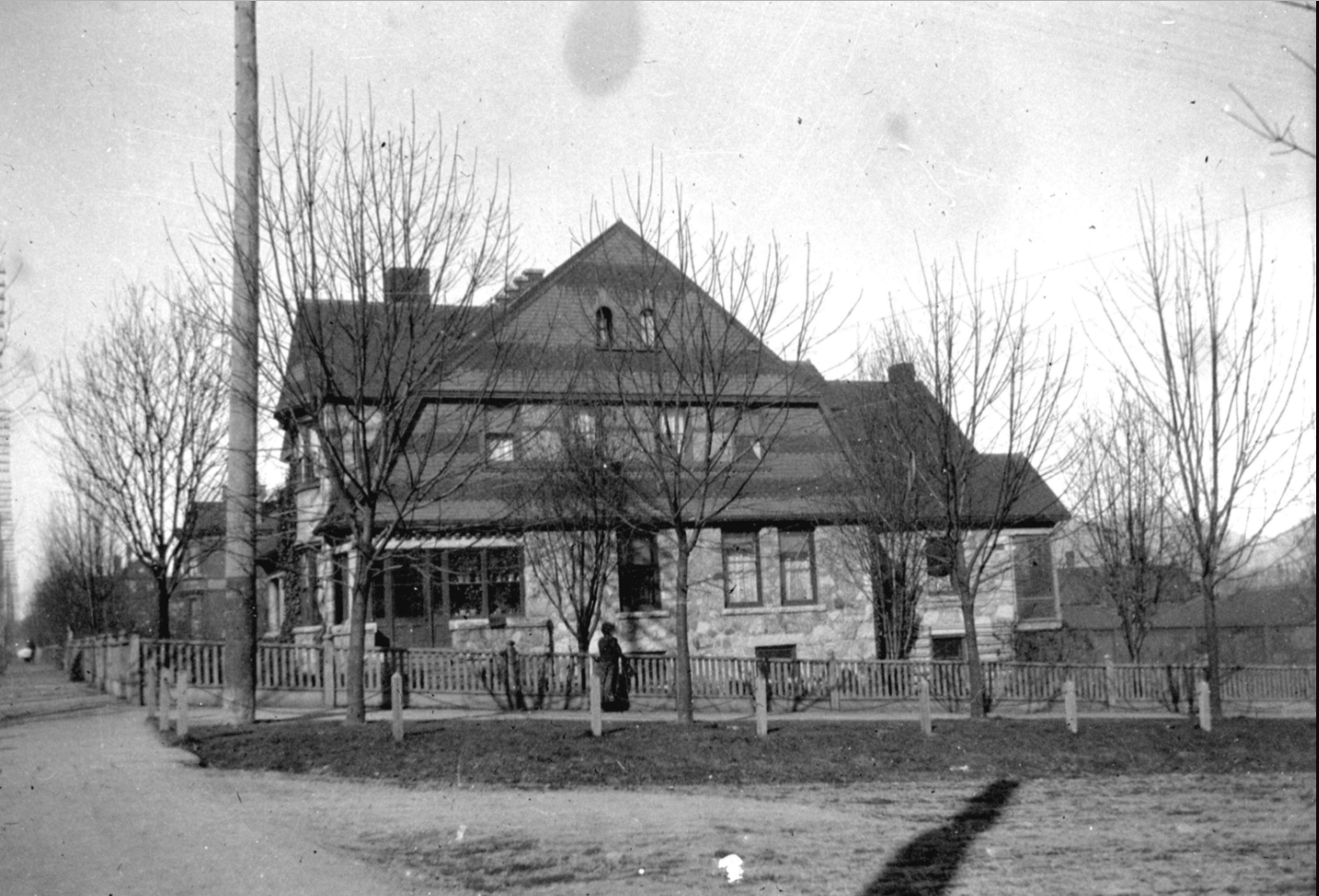
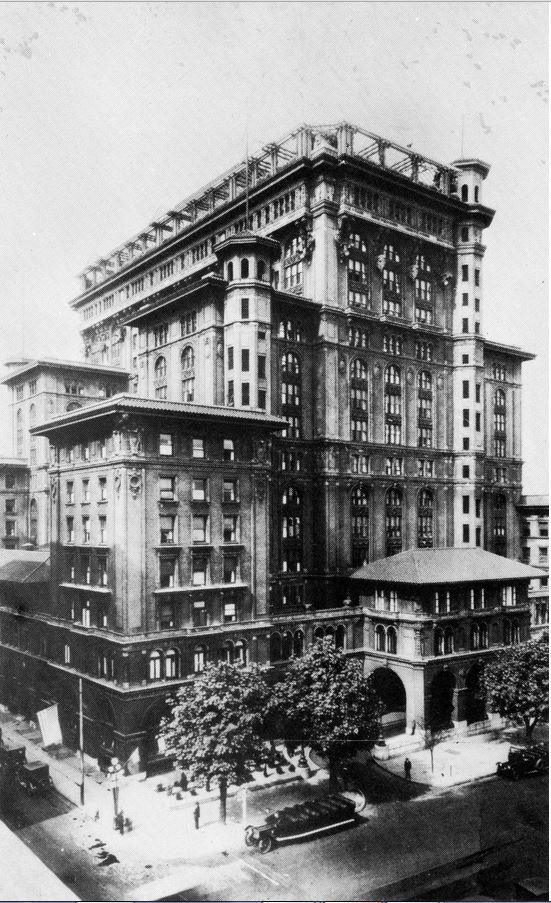
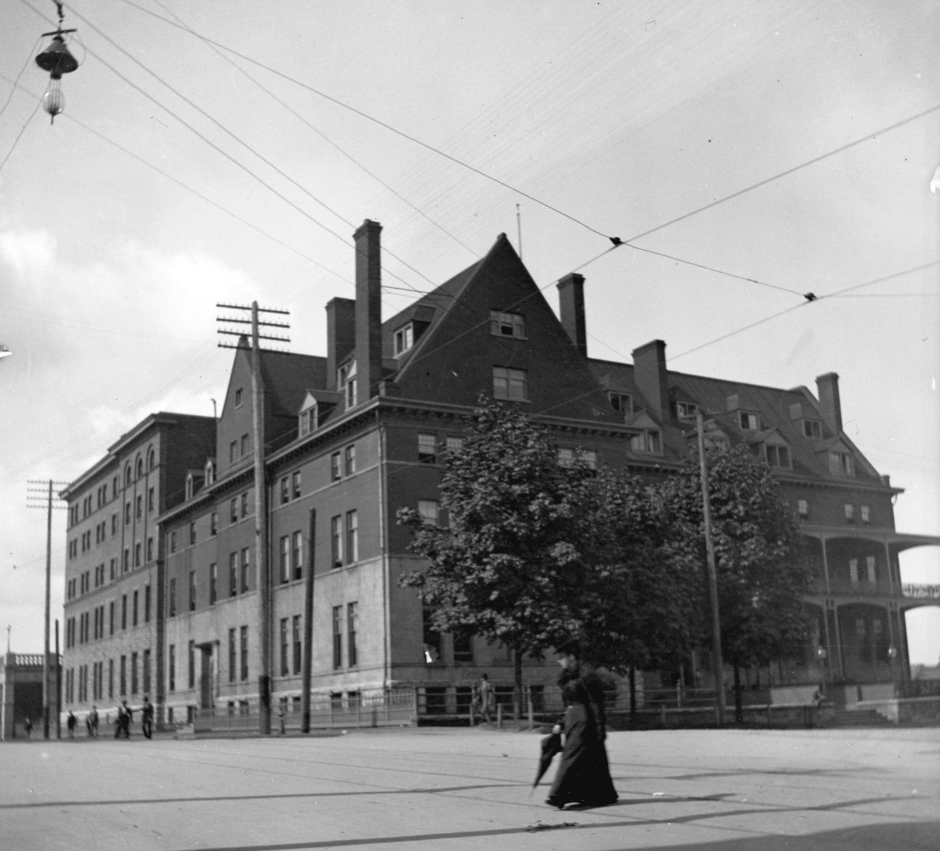
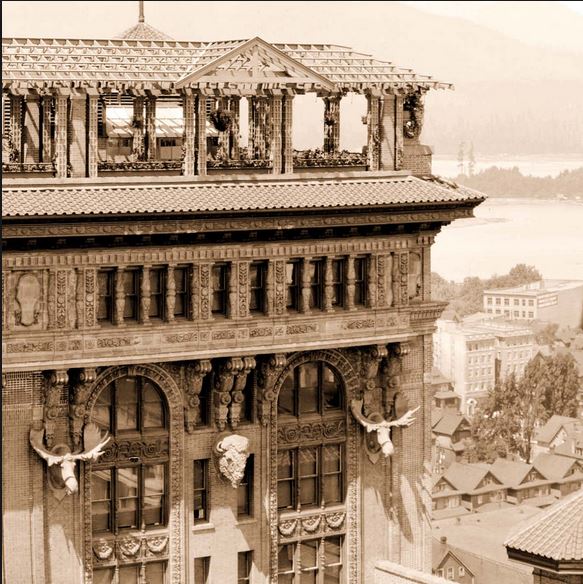 At the end of the Second World War, homeless veterans took over the hotel, and it became an official barracks for a short time before its demise in 1949 at the tender young age of 33. And, after two decades as a parking lot, the site became home to the uninspiring Pacific Centre mall and the 30-storey black TD Tower which opened in 1972
At the end of the Second World War, homeless veterans took over the hotel, and it became an official barracks for a short time before its demise in 1949 at the tender young age of 33. And, after two decades as a parking lot, the site became home to the uninspiring Pacific Centre mall and the 30-storey black TD Tower which opened in 1972